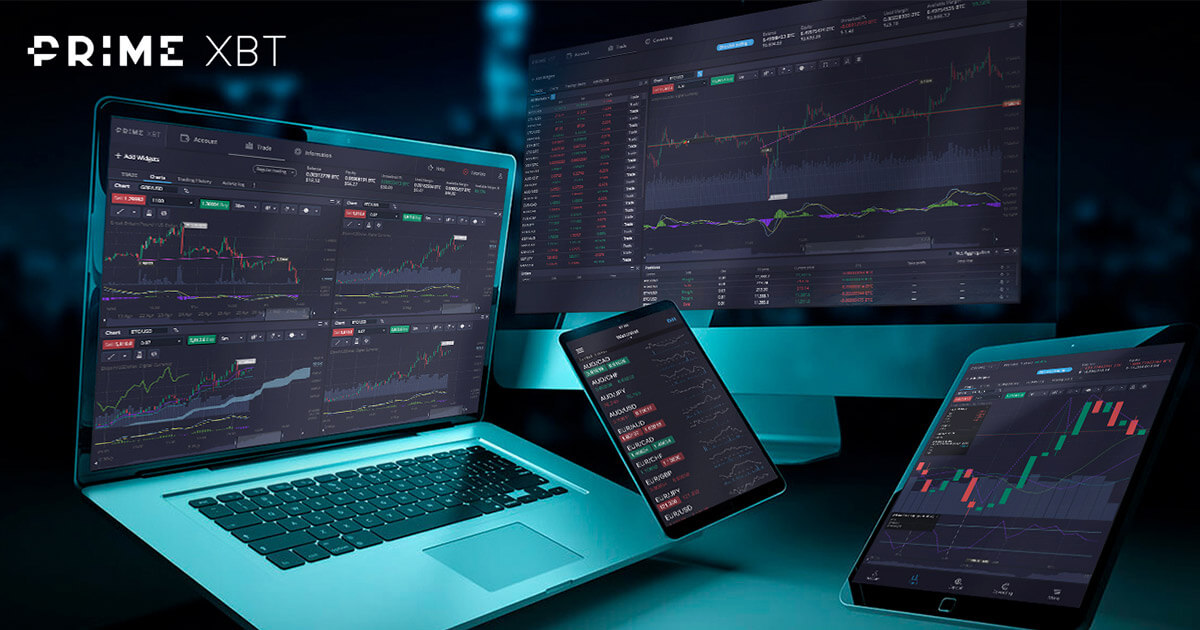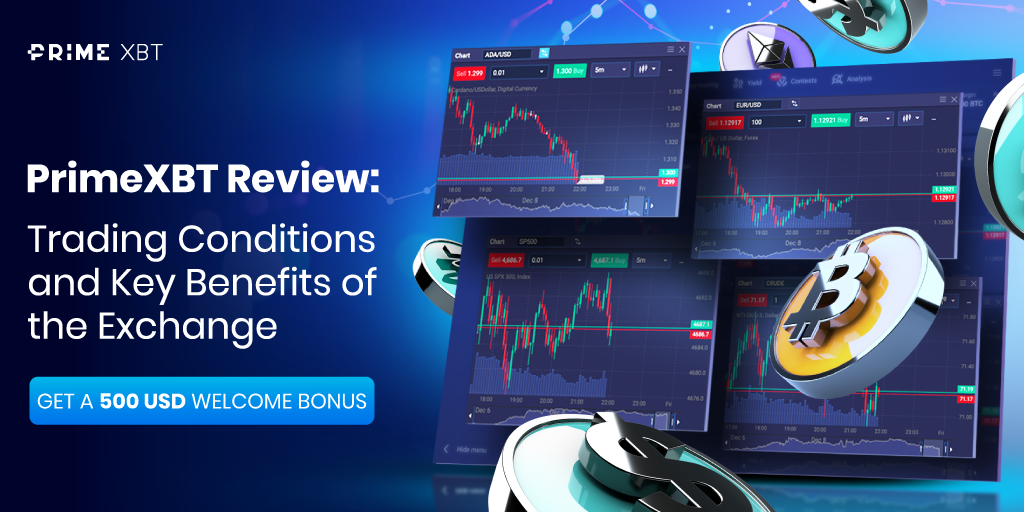
How to Trade Crude Oil: A Comprehensive Guide
Trading crude oil can be a lucrative venture for those who understand the market dynamics and leverage the right strategies. In this guide, we’ll explore the essential aspects of how to trade crude oil effectively, covering everything from market analysis to trading strategies, and why it’s important to stay informed. For traders looking to maximize their investments, don’t miss out on how to trade crude oil at primexbt PrimeXBT bonuses and promotions, which can enhance your trading experience even further.
Crude oil is one of the most traded commodities in the world, and it significantly influences global economics. The oil market is not only complex but also influenced by myriad factors including geopolitical events, supply and demand fluctuations, and various market indicators. Understanding these variables is crucial for traders aiming to capitalize on price movements.
Understanding Crude Oil Markets
There are two primary types of crude oil: West Texas Intermediate (WTI) and Brent Crude. WTI is primarily traded in the U.S., while Brent Crude is traded globally and serves as a critical benchmark for oil prices. Both WTI and Brent can impact each other, and being familiar with their price trends can provide insights for trading decisions.
The oil market operates 24/7, making it essential for traders to monitor trends around the clock. This constant movement can be advantageous, allowing traders to react swiftly to news or events that may influence price. Using market analysis tools can help traders evaluate trends and make informed predictions.
Key Factors Influencing Crude Oil Prices
A number of factors can affect crude oil prices, including:

- Supply and Demand: The fundamental principle of supply and demand heavily influences oil prices. When supply exceeds demand, prices typically fall, and vice versa.
- Geopolitical Events: Conflicts in oil-rich regions, sanctions, or government policies can disrupt oil supply and lead to price volatility.
- Economic Indicators: Data such as GDP growth rates, unemployment numbers, and manufacturing activity can all signal changes in oil demand.
- Weather Conditions: Severe weather events can temporarily affect the oil supply chain, particularly in oil production areas or shipping routes.
Trading Strategies for Crude Oil
Several trading strategies can be employed in crude oil trading, each with its pros and cons. Here are a few commonly used approaches:
1. Day Trading
Day trading involves buying and selling crude oil contracts within the same day. Traders leverage small price movements to realize profits, requiring a strong understanding of market conditions and an ability to react quickly.
2. Swing Trading
This strategy aims to capture price swings within a medium-term timeframe. Traders hold positions for several days or weeks, benefiting from market corrections and trends.
3. Scalping
Similar to day trading but focused on smaller price changes, scalping requires quick actions to take advantage of minor fluctuations in oil prices. It generally demands more time spent monitoring the market.
4. Position Trading

This long-term strategy involves holding positions for an extended period, based on fundamental analysis of oil prices. Position trading is less stressful and requires minimal daily management.
Technical Analysis in Crude Oil Trading
Utilizing technical analysis is crucial in crude oil trading. Traders analyze historical price charts and various indicators to forecast future price movements. Here are some key tools:
- Moving Averages: These indicators help smooth out price data to identify trends over specific periods.
- Relative Strength Index (RSI): This momentum oscillator measures the speed and change of price movements, helping traders identify overbought or oversold conditions.
- Fibonacci Retracement Levels: A tool used to identify potential support and resistance levels based on the Fibonacci sequence.
- Bollinger Bands: These bands help traders understand volatility in the oil market and identify potential price breakouts.
Managing Risk in Crude Oil Trading
Risk management is a crucial aspect of successful trading. Here are some tips to manage risk effectively:
- Set Stop-Loss Orders: Determine a maximum loss you’re willing to take and use stop-loss orders to minimize potential losses.
- Diversify Your Portfolio: Avoid putting all your capital into one trade. Diversifying your investments can help reduce risk.
- Use Only Capital You Can Afford to Lose: Never invest money that you cannot afford to lose, which ensures that a bad day won’t ruin your trading journey.
Staying Informed
The crude oil market is influenced by various news events, so keeping abreast of current events and market analyses is essential for traders. Subscribe to financial news outlets, join trading forums, and consider following expert analysts to stay informed about market changes.
Conclusion
Trading crude oil requires not only a thorough understanding of market fundamentals and technical analysis but also the development of effective strategies tailored to individual risk tolerances. By staying informed and continuously refining your trading strategy, you can navigate the complexities of the crude oil market and potentially reap significant rewards. Whether you are a day trader or prefer a longer-term approach, diligent research and risk management will enhance your chances of trading success.



 from Roda Digital
from Roda Digital